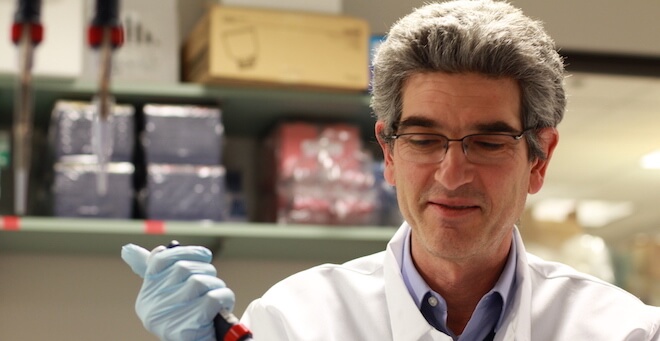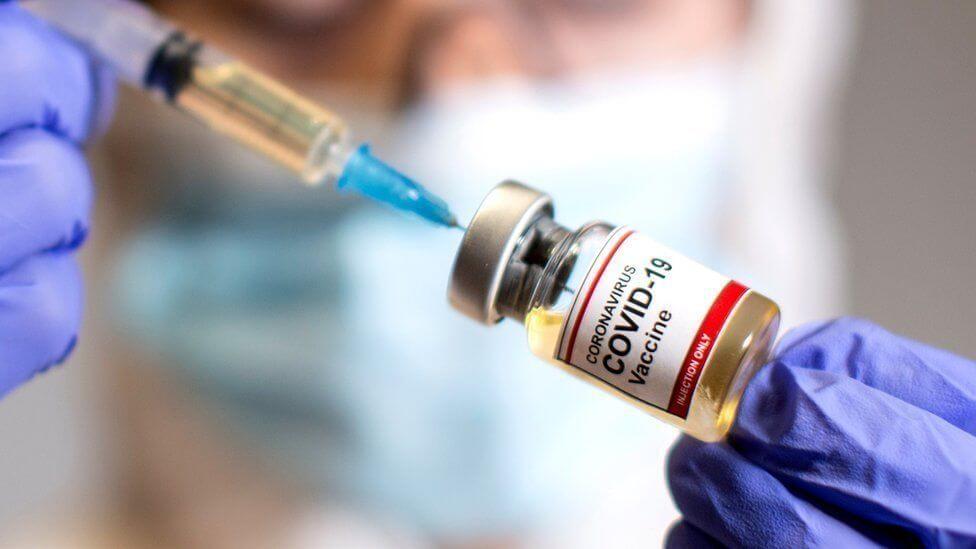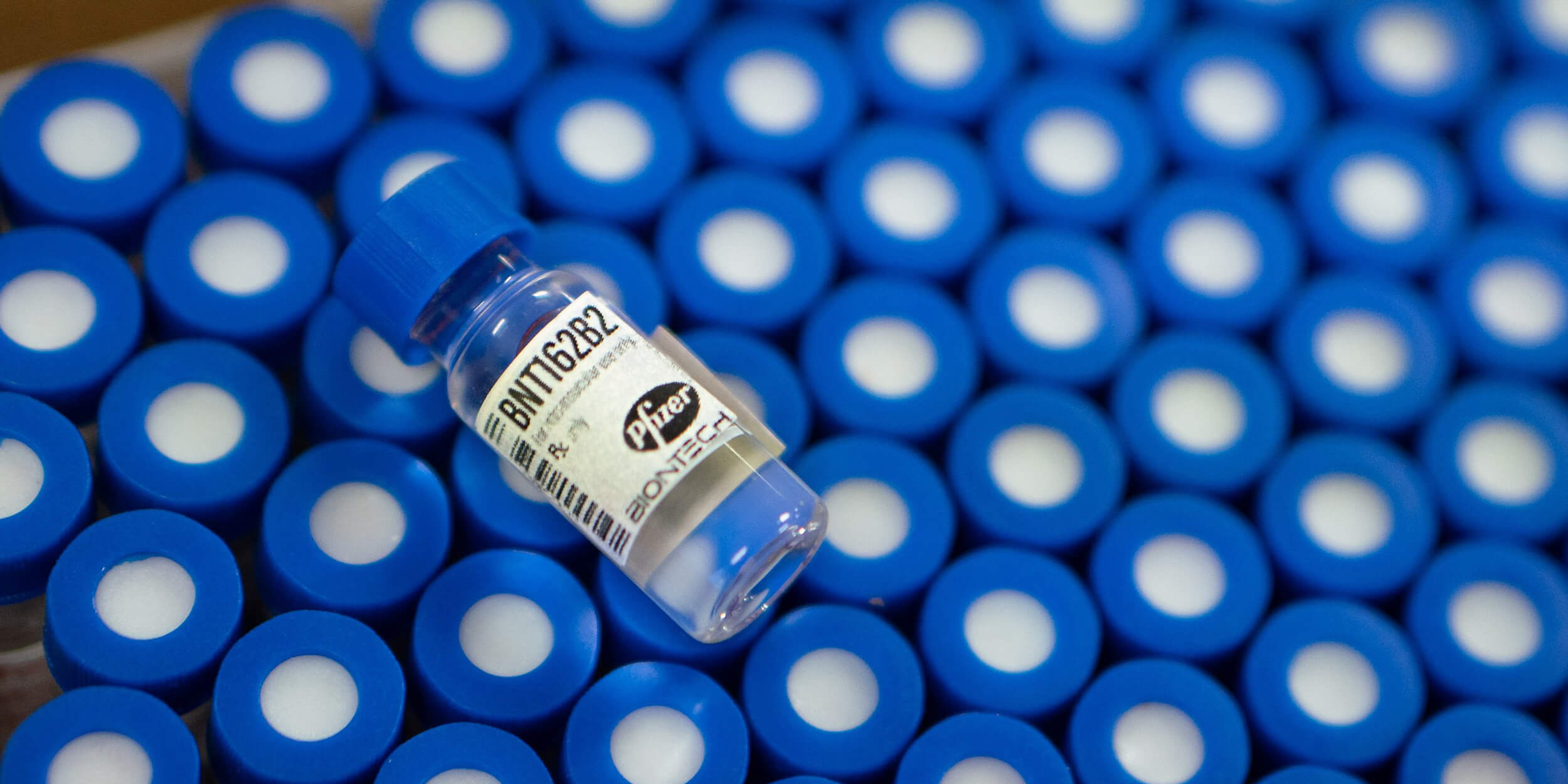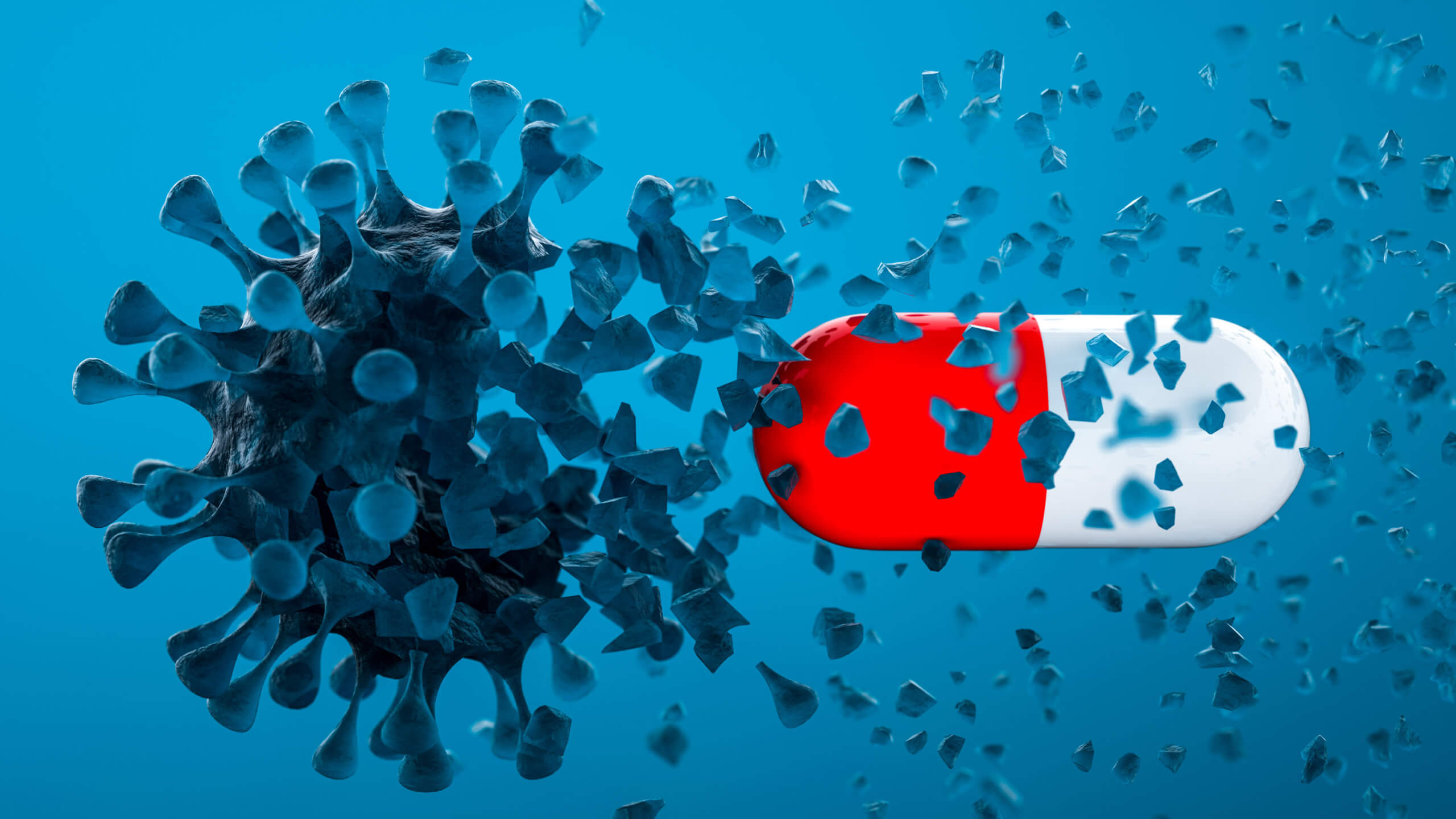Will the variants fuel “a novel stage of contagion, COVID 2.0?” opened George Daley, MD, PhD, dean of Harvard Medical School. “What has been unsettling is how many times mutations have cropped up independently in infected patients across the globe and in petri dishes. This is a consequence of Darwinian evolution by natural selection in real time,” he added. The fact that the virus, SARS-CoV-2, has mutated in the same ways at different times and places suggests that the changes benefit the virus.
Also disturbing is that once variants appear, they proliferate. “That suggests the virus is more contagious, or replicates faster, so that it takes over the outbreak,” said Jeremy Luban, MD, from the University of Massachusetts Medical School. Most mutations are neutral; we need to worry when they combine into “variants of concern,” aka VOC. “They could permit the virus to escape immune control that’s been established in a person from prior infection or from a vaccine,” Luban added.

The “big three” variants of most concern now have hard-to-remember numerical names, which avoid stigmatizing a place: B.1.3.5.1 variant (South Africa), B.1.1.7 (UK), and P.1 (Brazil). The last one may be the worst to arise, so far. It first came to attention in Manaus, Amazonia. “Up to 70% of the population had been infected and they had developed what we’d consider herd immunity that would prevent new infection,” Luban explained. The explosion of hospitalizations and deaths in December, a second wave, coincided with the appearance of the P.1 variant. “Many mutations in it raise concerns about whether the virus is resistant to the immune response against the first virus,” he added.
Tackling variants requires asking three questions, Luban said:
• Do they enhance transmission?
• Do they permit reinfection?
• Do they decrease vaccine efficacy?
Fortunately, the vaccines so far are doing their job. Here are 6 pieces of good news.
1. Vaccines boost T cells

“T cells recognize infected cells and eliminate them rapidly, clearing the body of evidence of infection. Variants don’t seem to affect T cell immunity that much,” said Galit Alter, PhD, an immunologist at the Ragon Institute of Massachusetts General Hospital. And at least two of the vaccines seem to supercharge the T cell response: The Oxford/Astrazeneca candidate and the Janssen/Johnson & Johnson vaccine that just received FDA emergency use authorization. Both are “vector vaccines,” using adenovirus to deliver spike DNA.
Dan Baruch, MD, PhD, who is the director of the Center for Virology and Vaccine Research at Beth Israel Deaconess Medical Center and the “father” of the Janssen/J&J vaccine, put the facets of the immune responses into perspective. “Just like you wouldn’t want to fight with one hand tied behind your back for this virus, we want all aspects of immune responses triggered by vaccines. It’s important for viral variants that could knock out one type of immune response to have other parts kick in.” And that means not only neutralizing antibodies, but antibodies that hit the virus at multiple points, not just the spike’s receptor binding domain (RBD), as well as T cells. (See my articles on antibodies and T cells).
Boosting the T cell response, said Bruce Walker, MD, founding director of the consortium, is what will “turn this family of coronaviruses into more like the common cold.” Alter went a step farther: “The current vaccine portfolio can turn COVID into a common cold.”
But we may not be out of the woods yet. So far in vitro experiments show that antibodies from recovered patients and from people who’ve been vaccinated do not neutralize some of the newest new variants, just reported in Nature. T cell studies and clinical evidence are needed for perspective.
2. Vaccines may block transmission by preventing severe disease

People who become very sick are more likely to spread COVID, and we still can’t predict who that will be. The ability of vaccines to slash severity will ultimately squelch transmission, said Alter. “Data from the UK and Israel show that some vaccines may prevent transmission by blocking the development of severe disease.”
Another finding is that people who’ve been vaccinated tend to have fewer viruses in their noses and throats, said Lindsay Baden, MD, infectious disease specialist at Brigham and Women’s Hospital and first author of the report in The New England Journal of Medicine on the phase 3 safety and efficacy results for the Moderna vaccine. But we need more data, he added. “Nasal carriage doesn’t necessarily mean transmissibility.”
3. Next generation vaccines are already in the works

All vaccine manufacturers are updating and revising their vaccines, said Baruch. Now. “They may drive immunity to potentially critical variants, or to potential combinations of variants, to elicit highly flexible responses that can get us out of this pandemic and prevent others,” added Alter.
Next generation “VOC-targeting vaccines” would cover known variants and “Pan-CoV vaccines” would address those plus possible variants that artificial intelligence algorithms predict.
Clinical trials that enroll tens of thousands of individuals – like the 30,420 in the Moderna phase 3 trial – aren’t necessary to revamp vaccines. Years of experience with flu and other vaccines paved the way for short cuts. Instead, regulators look to “correlates of protection,” which are signs of an immune response, such as neutralizing antibodies. Skipping the trials and relying on the correlates is called immunobridging.
4. Optimizing treatments

Not enough data have accrued to accurately assess the value of treatments such as the antiviral drug remdesivir and the monoclonal antibody drug from Eli Lilly and the dual antibody cocktail from Regeneron, although hydroxychloroquine and drinking bleach have been discredited.
For drugs to work against SARS-CoV-2, we have to figure out the best time to give them in the course of the illness. “Flu medications, for example, must be taken in the first 48 hours to have an impact. The same time window has not been clearly defined for SARS-CoV-2. How much time do we have to give drugs after people start getting sick?” asked Jonathan Abraham, MD, PhD, an infectious disease specialist and microbiologist who co-leads the therapeutics working group at Brigham and Women’s Hospital.
Timing is also important for heading off the rise of future variants, Abraham added. Deploying antibodies and other treatments early may slow or prevent further viral evolution. “If people are sick longer, the viruses will accrue more mutations, and as the receptor binding domain further evolves, that can impact spread,” he said.
Eventually COVID drug strategies will echo the drug cocktail approach to treat and control HIV/AIDS. Antibodies, designed based on the neutralizing antibodies in the blood of recovered patients, are used to target the RBD and lock it in place, keeping virus out of our cells. “Most monoclonal antibodies are active against the B.1.1.7 UK variant, but the RBD landscape is rapidly changing. Multiple antibodies targeting different parts of the spike are needed to counter resistance,” Abraham explained.
5. It’s not all about the spike

The famous spike protein latches onto our cells and pushes the rest of the virus through, but other proteins are vital to the virus too.
About two-thirds of the viral genome specifies 16 enzyme “tools” that viruses require to replicate, plus protein factors that continually renew the RNA instructions. Making this toolkit is a little like downloading an installer for new software.
Other proteins shape the virus and surround the delicate RNA innards like bubble wrap, protecting it while also shielding it from our immune response. Tiny fat blobs borrowed from host cell membranes during past infections ease the glomming onto our cells and encase the zillions of baby viruses that burst from an infected cell.
“These other viral proteins can be drug targets. SARS-CoV-2 requires many other proteins to infect and spread. Some are enzymes it requires to replicate. These can be inactivated by small molecule drugs,” said Abraham. Remdesivir, for example, blocks the viral polymerase, which works like a copying machine.
Mark Namchuk, PhD, executive director of therapeutics translation at Harvard Medical School, evoked a useful analogy: “The spike is like the hood of a car, which can take dents and the car still works fine. But a viral enzyme is like the mechanism in a car that enables it to move, such as the polymerase and the main protease. There’s an advantage to targeting both.” Six small molecule drugs are being developed that target the polymerase (the copier) and 3 that target the main protease (which functions like a hedge trimmer on the virus’s other proteins).
6. Planning ahead: Drugs to vanquish all coronaviruses

“Pan-coronavirus drugs” would target enzymes universal to all the coronaviruses in SARS-CoV-2’s subgroup. The genes behind these enzymes “mutate less frequently than the spike. Small molecules targeting them are most likely to be active against multiple coronaviruses. Small molecule drugs, however, typically take longer to make,” said Abraham. A prime candidate for such a pan-COVID drug would tackle the main protease.
The webinar ended on a note of optimism. Summed up Daley, “Even though there’s lots of scary news reporting that the new variants may be increasing transmission and may be more virulent, the vaccines seem to be protecting. So despite the variants, I believe the current vaccines will prove effective – and if not, we will cross that bridge and confront whatever comes our way.”
Ricki Lewis has a PhD in genetics and is a science writer and author of several human genetics books. She is an adjunct professor for the Alden March Bioethics Institute at Albany Medical College. Follow her at her website or Twitter @rickilewis
A version of this article was originally posted at PLOS and has been reposted here with permission. PLOS can be found on Twitter @PLOS































